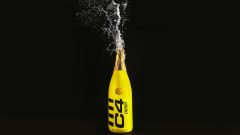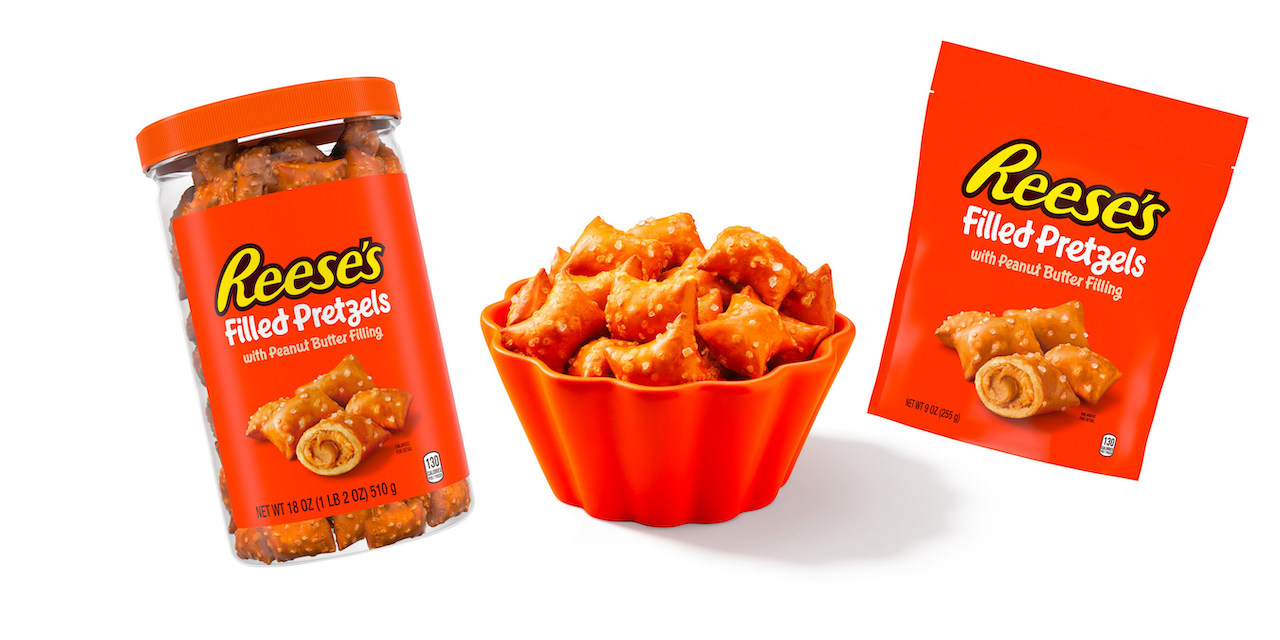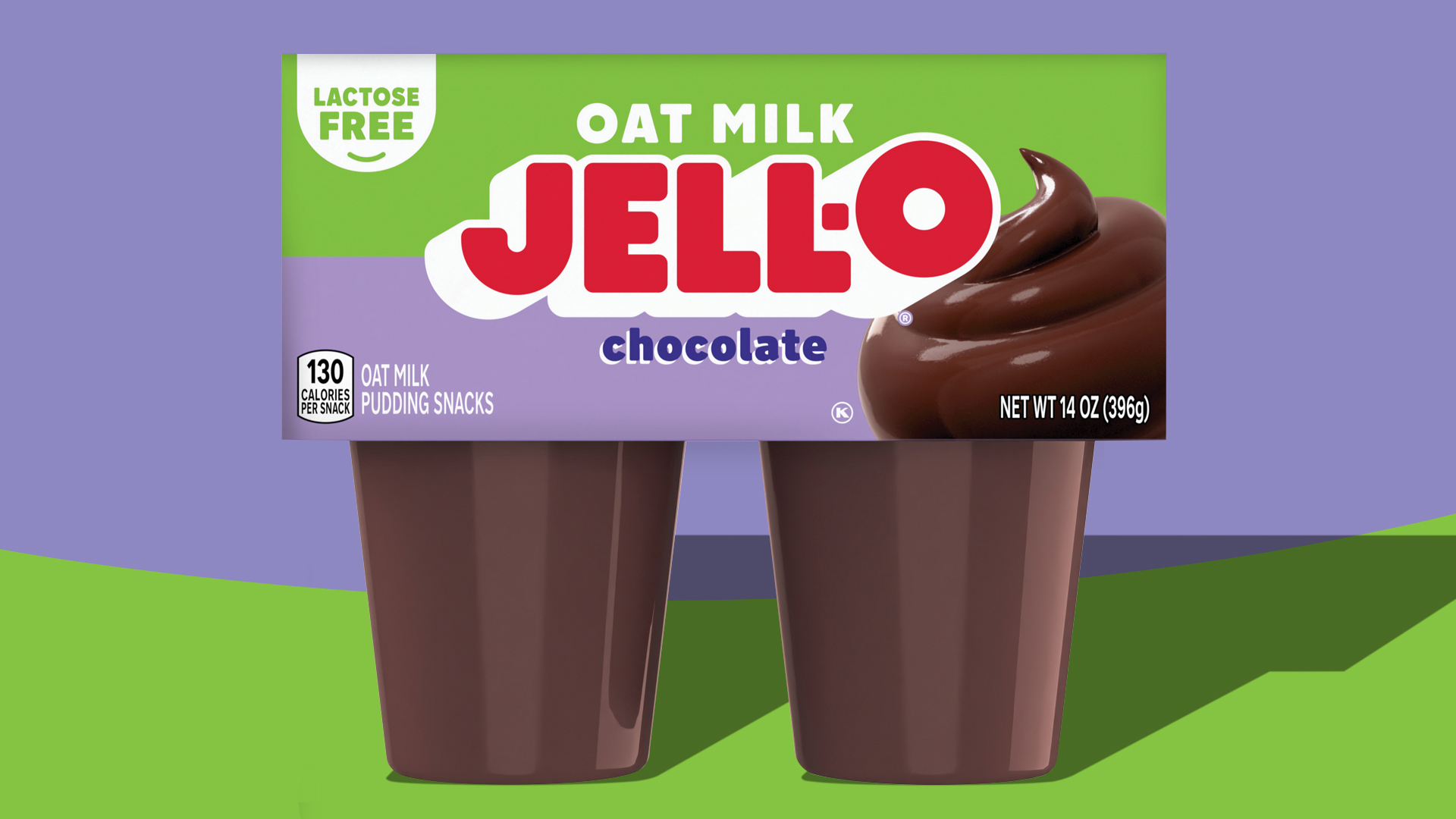Bakers Are Really Mad Scientists: The Chemistry Behind Cookies
Have you ever really thought about the science behind your favorite chocolate chip cookies? Whether your baking from scratch or using those pre-made dough cubes baking is all about chemistry.
The video below was created by TEDed. It explains what exactly goes on in your cookie once you shut the oven door. From the start the entire baking process is a meticulous scientific process. As explained by the narrator, “when you slide the pan into the oven, you’re setting off a series of chemical reactions that transform one substance, dough, into another, cookies”. The science isn’t simply the dough baking off into a nice crispy cookie, it’s much more than that. Emulsions, caramelization, maillard reactions and linked structures all have to do with the spread, rise, color and flavor of your beloved chocolate chip cookie.
Science can also help manipulate the diameter and thickness of a cookie simply by tweaking certain components of the recipe. The temperature of your butter affects both the texture and diameter of your cookies. How fast the butter melts determines the speed of cookie spread aka the diameter of your cookie. Melted butter usually results in a wider, chewier cookie while chilled butter will yield a thicker, more cake-like cookie.

The video also discusses that age old cookie dough myth and whether or not Mom was right to keep us away from that raw cookie gold. Salmonella can live in freezing temperatures of 32 degrees F but they die off at 134 degrees F, keeping your cookies safe from tainted harm but it’s on you whether or not you want to tempt the cookie gods and snag a spoonful of dough.
It turns out we don’t need a kitchen timer to tell us when our cookies are ready, according to TEDed our nose “is a sensitive scientific instrument”, your cookies are ready when you smell that “nutty toasty aromas of the maillard reaction and caramelization”.
Who said science couldn’t be delicious?

H/T NPR + PicThx YouTube, Love This Pic























